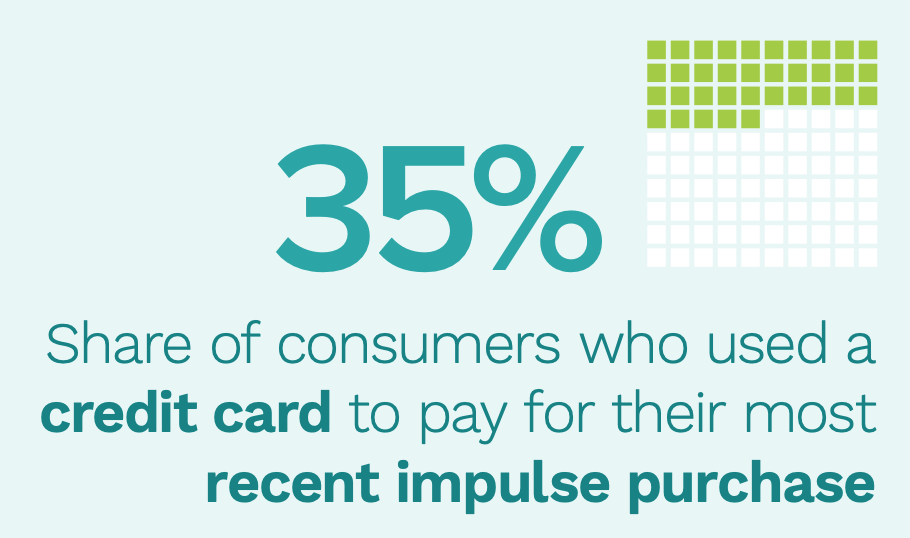Gen Z Shoppers Turn to Credit Card Installments to Fuel Impulse Buys

Credit cards remain among the most popular vehicles for payments — for both planned and unplanned expenses — and for many consumers, stretching out payments over time holds particular appeal.
In doing so, via card installment plans, households are able to get what they need, when they need it, which is a boon for covering emergency expenses. In the report “Managing Unplanned Expenses: How The Pay Later Economy Fits Consumer Needs,” produced in collaboration between Splitit and PYMNTS Intelligence, the data gleaned from a survey of more than 7,000 consumers found that 36% made an impulse purchase of more than $250 in the three month preceding the survey.
Some 35% of consumers used a credit card to pay for that latest impulse purchase. As for emergency spending, the data show that for transactions above that $250 threshold, the median expense was $605. Another 33% of consumers used credit cards to pay for those unplanned demands on their wallets.
Enthusiasm for Installments
The installment offerings allow users to pay those expenses down over time using a set number of payments, on a predictable schedule, offered by the merchant, or offered in the merchant checkout through a third-party card-linked installment company.

Budgeting is top of mind for consumers: The data show that overall, 48% of consumers who made their latest impulse purchase with a credit card decided to pay it off in full at the next statement. But 30% wound up opting for installment plans.
It’s important to note that installment plans are favored by relatively younger consumers, which in turn sends a signal to merchants that they would do well to have this payment option at the ready to offer consumers at the point of sale. Taking baby boomers out of the mix, 36% of consumers who paid by credit card for their latest impulse purchase used an installment plan offered by an issuer, merchant or third-party service.
Gen Z shows a particularly strong preference for installment plans, the data show, as this younger demographic of consumers was the most visible of users, at 45% of these consumers. With a bit of granular insight into the types of installment offerings this subset of consumers prefers, Gen Z mostly uses those offered by merchants or third parties, at 30%, while 15% use plans offered by the card issuers.
For Emergency Purchases Too
The credit card payment patterns for emergency purchases are broadly similar to the usage patterns that we’ve detailed above. There’s also a notable jump in the use of installment plans offered by the issuer. Installment plans again have standout appeal for Gen Z, with 52% paying this way, split between 29% for merchant and third-party plans and 23% for issuer plans.
At the moment, though the uncertainty of tariffs continues to roil markets and may impact when consumers spend and where, the data indicate that they intend to have some plans in place already. PYMNTS Intelligence and Splitit found that across the consumer population we surveyed, the average consumer expects to maintain their current level of impulse purchases in the next year.
But as the for the younger shoppers, the urge to splurge is especially notable, as they intend to continue their prevalence of nonessential spending, where possible, which we noted reflects “confidence in their personal financial and employment circumstances as well as overall economic conditions.”



